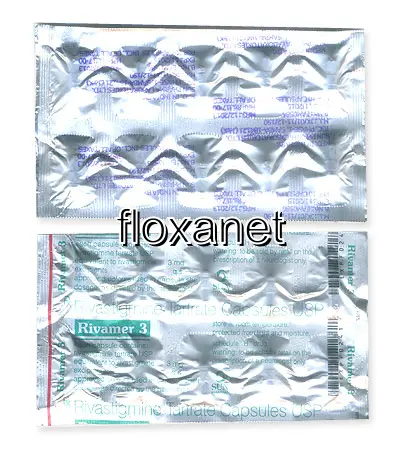| Package | Dosage | Price | Price per Dose | |
|---|---|---|---|---|
| Dosage: 1,5mg | ||||
| 360 pill | 1,5mg | £321.77 | £0.89 | |
| 240 pill | 1,5mg | £219.01 | £0.91 | |
| 180 pill | 1,5mg | £168.14 | £0.93 | |
| 120 pill | 1,5mg | £118.32 | £0.99 | |
| 90 pill | 1,5mg | £92.37 | £1.03 | |
| 60 pill | 1,5mg | £62.27 | £1.04 | |
| 30 pill | 1,5mg | £33.21 | £1.10 | |
| Dosage: 3mg | ||||
| 360 pill | 3mg | £294.78 | £0.82 | |
| 240 pill | 3mg | £206.55 | £0.86 | |
| 180 pill | 3mg | £160.88 | £0.89 | |
| 120 pill | 3mg | £116.24 | £0.97 | |
| 90 pill | 3mg | £92.37 | £1.03 | |
| 60 pill | 3mg | £67.46 | £1.12 | |
| 30 pill | 3mg | £38.40 | £1.28 | |

Rivastigmine Tartrate Description
Overview of Rivastigmine Tartrate
Rivastigmine Tartrate is a medication commonly prescribed for the management of cognitive decline associated with Alzheimer's disease and Parkinson's disease dementia. It belongs to a class of drugs known as acetylcholinesterase inhibitors. These medications work by increasing the levels of acetylcholine in the brain, a neurotransmitter that is often deficient in individuals suffering from dementia. By boosting this chemical's availability, Rivastigmine helps improve memory, alertness, and overall cognitive function.
How It Works in the Body
Rivastigmine Tartrate functions by inhibiting the enzyme acetylcholinesterase, which breaks down acetylcholine. With this enzyme activity reduced, there is a greater accumulation of acetylcholine in nerve synapses. This enhanced communication between nerve cells can result in better memory retention and mental clarity. The drug's ability to increase cholinergic activity makes it beneficial for patients experiencing the cognitive symptoms of dementia. It is available in capsule form, as a liquid solution, and as a transdermal patch, offering flexible options for administration based on patient needs and tolerance.
Effectiveness and Patient Experience
Many patients report a noticeable improvement in cognitive functions after using Rivastigmine Tartrate for a few weeks. Common benefits include better memory recall, increased ability to perform daily activities, and a reduction in confusion. However, the degree of effectiveness varies from person to person. Some may experience significant benefits, while others see only modest improvements. It is important to stick to the prescribed dosage and maintain regular medical check-ups to monitor progress and manage any side effects.
Potential Side Effects
As with many medications, Rivastigmine Tartrate may cause side effects. The most frequently reported ones include nausea, vomiting, dizziness, and loss of appetite. Some users might experience gastrointestinal discomfort or weight loss, especially during the initial weeks of therapy. Skin irritation can also occur when using the transdermal patch. Serious side effects are rare but can include heart problems, tremors, or allergic reactions. Patients should communicate any unusual symptoms to their healthcare providers promptly.
Considerations and Precautions
Before starting Rivastigmine Tartrate, it is essential to inform your doctor about any other medications you take and any previous health issues, especially liver or kidney problems. The medication may interact with other drugs, including certain antihistamines, antidepressants, and other cholinergic agents. Pregnant and breastfeeding women should discuss potential risks with their healthcare professional. Regular monitoring helps ensure the medication is working effectively and minimizes the risk of adverse effects.
In Summary
Rivastigmine Tartrate is a well-established treatment option for dementia associated with Alzheimer's and Parkinson's diseases. Its primary function is to enhance acetylcholine levels in the brain, thereby supporting cognitive function. While it offers significant benefits for many patients, it also carries the potential for side effects that need careful management. For those struggling with symptoms of dementia, Rivastigmine Tartrate can provide a meaningful improvement in quality of life when used under medical supervision. Consistent use, proper dosing, and ongoing communication with healthcare professionals are key to maximizing its benefits.